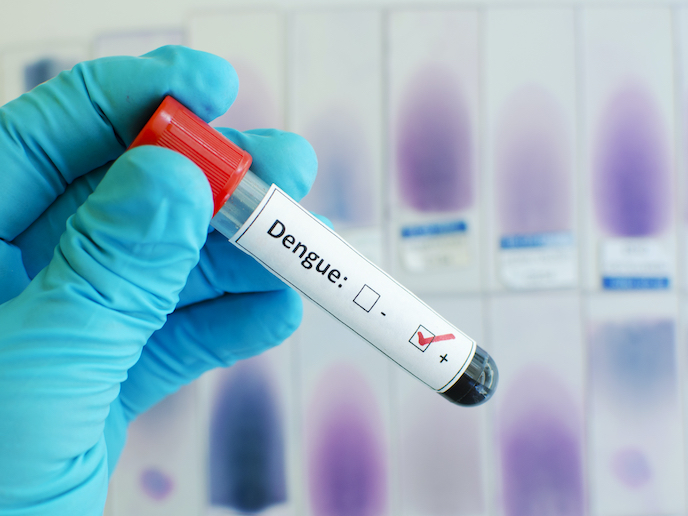Sensing changes in molecule structure
Nanotechnology and the development of ever-smaller functional devices have had important impact on numerous fields, among which molecular diagnostics is no exception. Microcantilevers (MCs), akin to microscopic diving boards that currently come in several configurations depending on the application, are of growing interest to the pharmaceutical community. When integrated into microelectromechanical systems (MEMS) that transduce a mechanical signal to an electrical one, the resulting MC sensors detect physical, chemical or biological changes that affect cantilever bending or vibrational frequency. Importantly, detection is label-free, sensitive, direct and real-time. Scientists exploited MC sensors in the EU-funded project 'Nanomechanical screening of pharmaceutical entities'(opens in new window) (NASPE). They used the MCs to detect energy-based mechanical transformations due to surface-confined biomolecule recognition interactions and conformational binding changes. The team developed plastic MCs as an economical and more robust alternative to silicon (Si) MCs, and employed both in experimental studies. Functionalisation by immobilising receptor molecules on the top face to recognise specific analytes was accomplished for both Si and plastic MCs with a proprietary polymer. Field tests studied conformational changes in the protein beta-2 microglobulin. Misfolding of beta-2 microglobulin is responsible for the development of a type of amyloidosis, the build-up of amyloid fibrils in organs, associated with dialysis. The use of Si MCs enabled scientists to find a single 'hit' compound as a potential drug to stabilise the protein and prevent fibril formation out of a pre-screened library of 200 compounds. The study was the first of its kind and sets the precedent for using binding of a low-molecular–weight (LMW) ligand (drug) to a protein in drug discovery. NASPE outcomes demonstrate the great potential of MC biosensors for speeding up drug discovery and will facilitate maintenance of the EU's position at the forefront of this field. In addition, they have formed the basis for design of MC pharmaceutical kits that promise to lead to discovery of therapies for numerous pathological processes affecting millions of people.







